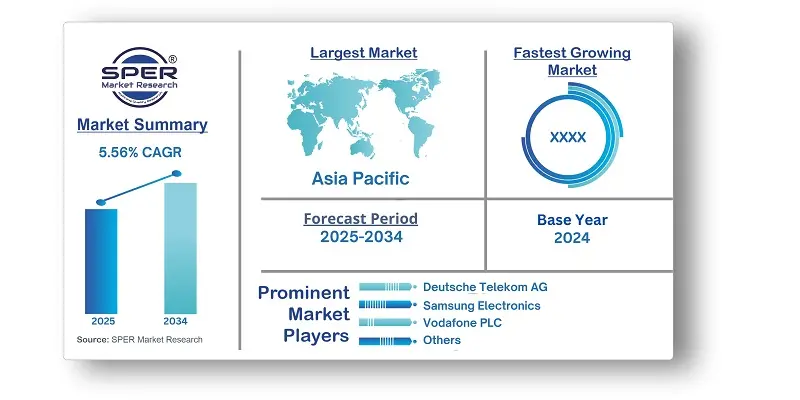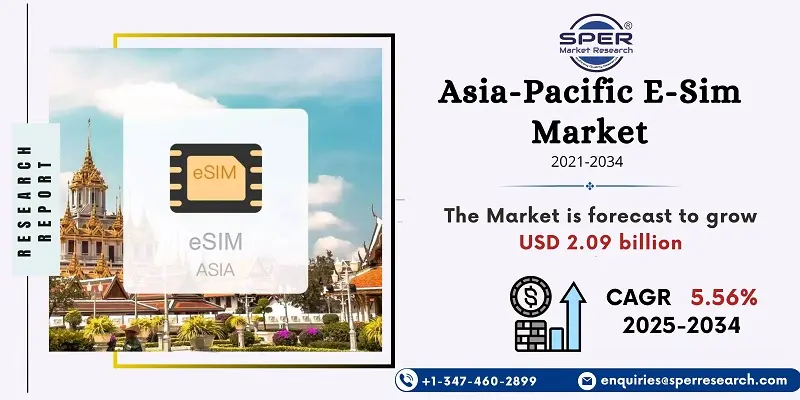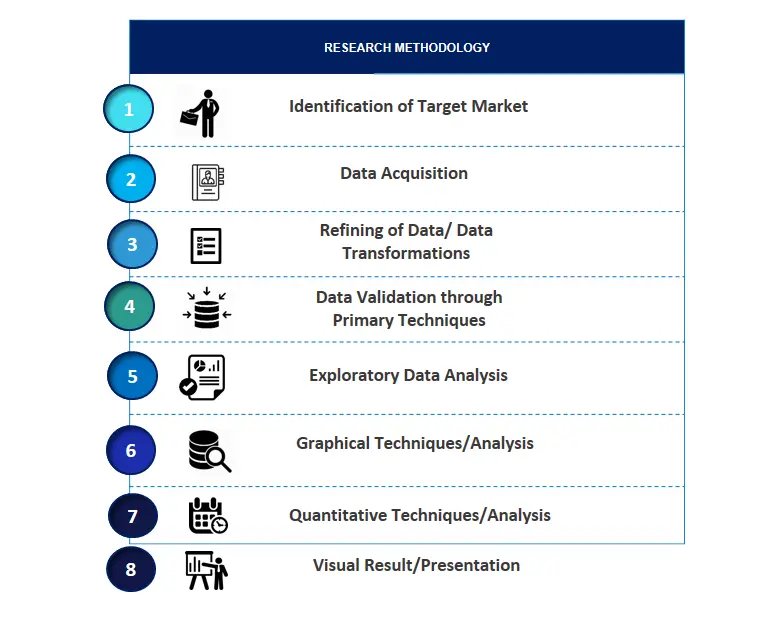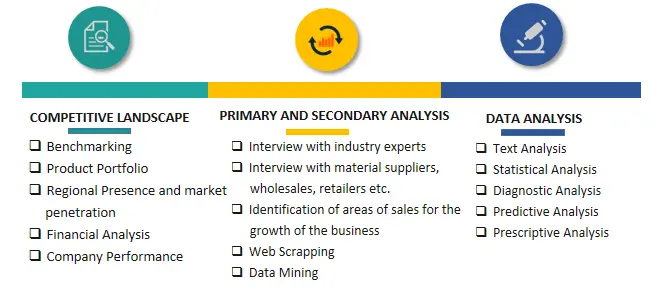
Asia-Pacific E-Sim Market Growth, Trends, Revenue, Analysis, Demand and Future Outlook
Asia-Pacific E-Sim Market Growth, Size, Trends Analysis - By Form Factor, By Application - Regional Outlook, Competitive Strategies and Segment Forecast to 2034
| Published: Feb-2025 | Report ID: IACT2515 | Pages: 1 - 256 | Formats*: |
| Category : Information & Communications Technology | |||


- In June 2024: In order to comply with the upcoming SGP.32 GSMA standard for E-SIM IoT deployment, STMicroelectronics released the first embedded SIM (E-SIM) in the market. Special functions are introduced by the ST4SIM-300 to control the widespread deployment of IoT devices linked to cellular networks.
- In March 2024: In Mumbai, Vodafone Idea introduced E-SIM services for its prepaid clients. According to Vodafone Idea, its E-SIM for prepaid customers is available to iOS and Android users on a number of devices, including Samsung flagships like the Galaxy Z Flip, Galaxy Fold, and Galaxy Z Fold 2, as well as Apple iPhone XR and later models, Vivo X90 Pro, Nokia G60, and Nokia X30.
| Report Metric | Details |
| Market size available for years | 2021-2034 |
| Base year considered | 2024 |
| Forecast period | 2025-2034 |
| Segments covered | By Form Factor, By Application. |
| Regions covered | Asia-Pacific, Australia, China, India, Japan, South Korea, Rest of Asia-Pacific. |
| Companies Covered | Apple Inc., Deutsche Telekom AG, Infineon Technologies AG, NTT Docomo Inc., NXP Semiconductors N.V., Samsung Electronics, Sierra Wireless, Inc, STMicroelectronics N.V., Vodafone PLC, Others. |
- Asia-Pacific E-Sim Market Size (FY’2021-FY’2034)
- Overview of Asia-Pacific E-Sim Market
- Segmentation of Asia-Pacific E-Sim Market by Form Factor (Removable, {1FF, 2FF, 3FF, 4FF}, Embedded)
- Segmentation of Asia-Pacific E-Sim Market by Application (Connected Cars, Smartphones & Tablets, Laptops, Wearables, M2M)
- Statistical Snap of Asia-Pacific E-Sim Market
- Expansion Analysis of Asia-Pacific E-Sim Market Problems and Obstacles in Asia-Pacific E-Sim Market
- Competitive Landscape in the Asia-Pacific E-Sim Market
- Details on Current Investment in Asia-Pacific E-Sim Market
- Competitive Analysis of Asia-Pacific E-Sim Market
- Prominent Players in the Asia-Pacific E-Sim Market
- SWOT Analysis of Asia-Pacific E-Sim Market Future Outlook and Projections (FY’2025-FY’2034)
- Recommendations from Analyst
1.1. Scope of the report1.2. Market segment analysis
2.1. Research data source
2.1.1. Secondary Data2.1.2. Primary Data2.1.3. SPERs internal database2.1.4. Premium insight from KOLs
2.2. Market size estimation
2.2.1. Top-down and Bottom-up approach
2.3. Data triangulation
4.1. Driver, Restraint, Opportunity and Challenges analysis
4.1.1. Drivers4.1.2. Restraints4.1.3. Opportunities4.1.4. Challenges
5.1. SWOT Analysis
5.1.1. Strengths5.1.2. Weaknesses5.1.3. Opportunities5.1.4. Threats
5.2. PESTEL Analysis
5.2.1. Political Landscape5.2.2. Economic Landscape5.2.3. Social Landscape5.2.4. Technological Landscape5.2.5. Environmental Landscape5.2.6. Legal Landscape
5.3. PORTERs Five Forces
5.3.1. Bargaining power of suppliers5.3.2. Bargaining power of buyers5.3.3. Threat of Substitute5.3.4. Threat of new entrant5.3.5. Competitive rivalry
5.4. Heat Map Analysis
6.1. Asia-Pacific E-Sim Market Manufacturing Base Distribution, Sales Area, Product Type6.2. Mergers & Acquisitions, Partnerships, Product Launch, and Collaboration in Asia-Pacific E-Sim Market
7.1. Removable
7.1.1. 1FF7.1.2. 2FF7.1.3. 3FF7.1.4. 4FF
7.2. Embedded
8.1. Connected Cars8.2. Smartphones & Tablets8.3. Laptops8.4. Wearables8.5. M2M
9.1. Asia-Pacific E-Sim Market Size and Market Share
10.1. Asia-Pacific
10.1.1. Australia10.1.2. China10.1.3. India10.1.4. Japan10.1.5. South Korea10.1.6. Rest of Asia-Pacific
11.1. Apple Inc.
11.1.1. Company details11.1.2. Financial outlook11.1.3. Product summary11.1.4. Recent developments
11.2. Deutsche Telekom AG
11.2.1. Company details11.2.2. Financial outlook11.2.3. Product summary11.2.4. Recent developments
11.3. Infineon Technologies AG
11.3.1. Company details11.3.2. Financial outlook11.3.3. Product summary11.3.4. Recent developments
11.4. NTT Docomo Inc
11.4.1. Company details11.4.2. Financial outlook11.4.3. Product summary11.4.4. Recent developments
11.5. NXP Semiconductors N.V.
11.5.1. Company details11.5.2. Financial outlook11.5.3. Product summary11.5.4. Recent developments
11.6. Samsung Electronics
11.6.1. Company details11.6.2. Financial outlook11.6.3. Product summary11.6.4. Recent developments
11.7. Sierra Wireless, Inc
11.7.1. Company details11.7.2. Financial outlook11.7.3. Product summary11.7.4. Recent developments
11.8. STMicroelectronics N.V.
11.8.1. Company details11.8.2. Financial outlook11.8.3. Product summary11.8.4. Recent developments
11.9. Vodafone PLC
11.9.1. Company details11.9.2. Financial outlook11.9.3. Product summary11.9.4. Recent developments
11.10. Others
SPER Market Research’s methodology uses great emphasis on primary research to ensure that the market intelligence insights are up to date, reliable and accurate. Primary interviews are done with players involved in each phase of a supply chain to analyze the market forecasting. The secondary research method is used to help you fully understand how the future markets and the spending patterns look likes.
The report is based on in-depth qualitative and quantitative analysis of the Product Market. The quantitative analysis involves the application of various projection and sampling techniques. The qualitative analysis involves primary interviews, surveys, and vendor briefings. The data gathered as a result of these processes are validated through experts opinion. Our research methodology entails an ideal mixture of primary and secondary initiatives.



Frequently Asked Questions About This Report
PLACE AN ORDER
Year End Discount
Sample Report
Pre-Purchase Inquiry
NEED CUSTOMIZATION?
Request CustomizationCALL OR EMAIL US
100% Secure Payment






Related Reports
Our Global Clients
Our data-driven insights have influenced the strategy of 200+ reputed companies across the globe.




















